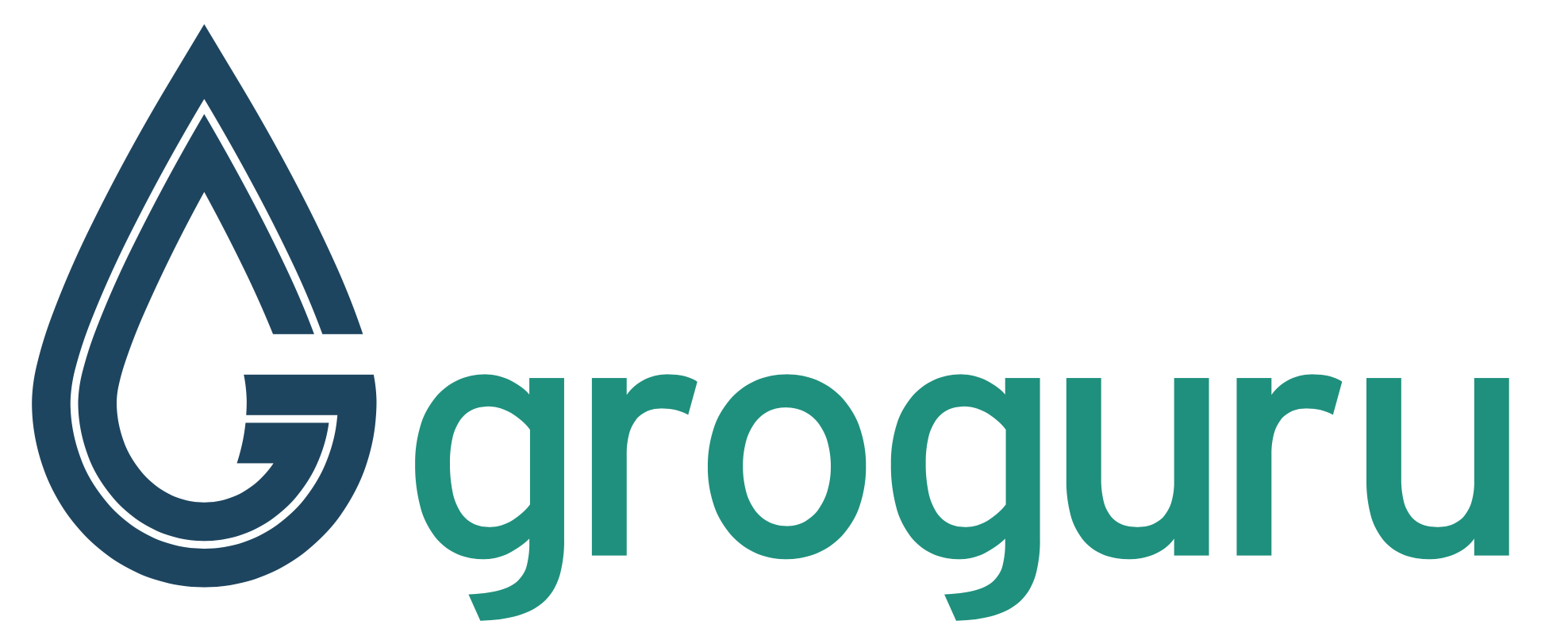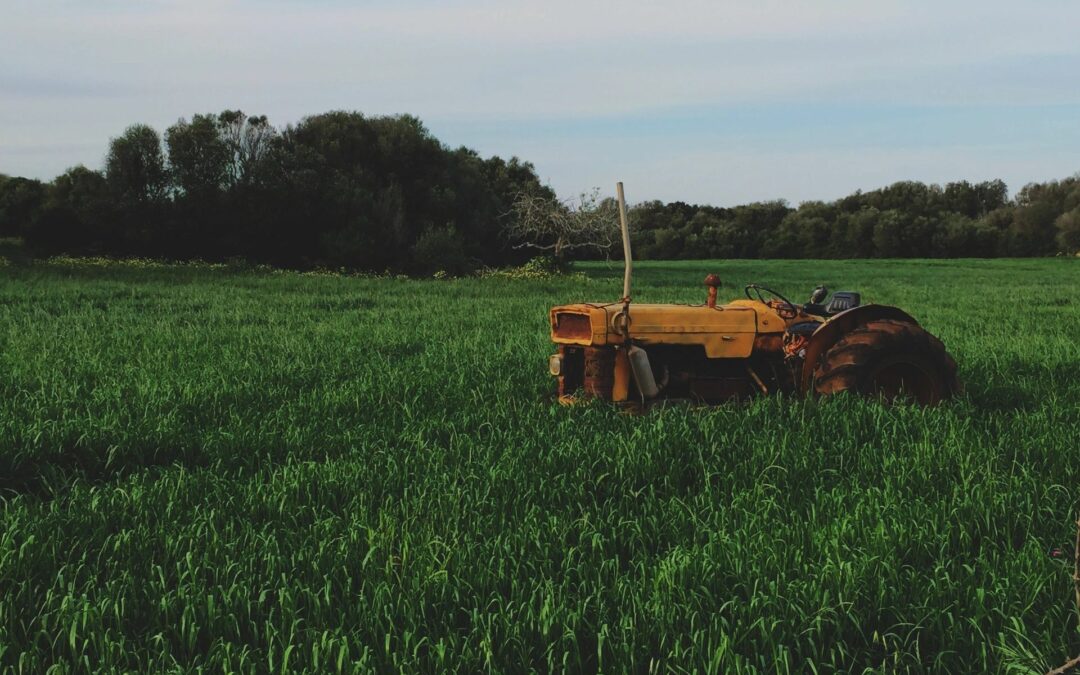In this interview with Patrick Henry, CEO and Dr. Jeff Campbell, GroGuru’s Chief Science Officer, they discuss soil salinity and why farmers should be concerned with the amounts of salinity in their soil. The GroGuru sensors monitor soil salinity along with many other things. Contact us for a quote for your individual needs.
Patrick: Talk to us about soil salinity. I know that our sensors have temperature, soil moisture and soil salinity. Is salinity a proxy of something else? Why would farmers be concerned about that?
Jeff: Salt that builds up in the soil stresses the plant. It can cause yield to drop. In particularly Western regions, soil salinity can be quite high. These are areas where there is very little natural rainfall or where you’re using reclaimed water, or brackish water. Salinity can build up in the soil.
When salinity gets to a certain level, it will impact crop health. That can be a very detrimental effect to some of these farmers. When managing irrigation, if you do a really good job of managing water, you can get salinity build-up. You need to monitor both of those two factors in order to manage your soil for improved yield and controlled costs.
Patrick: Let’s say that I have a salinity issue. I have salinity build-up. How do I remediate for that as a grower?
Jeff: There are some chemicals that you can add. For instance, gypsum is a classic treatment that’s used. One of the effective ways to manage salinity that’s used extensively is to intentionally over irrigate. That dissolves all the salts present in the soil and flushes them below the root zone. Once the salts are below the root zone, they have no more impact on the plant health.
Patrick: Does that work even if you’re using reclaimed water or gray water? If you’re over irrigating with gray water, it won’t really solve the problem.
Jeff: You can’t get the water quality any better than the irrigation water that you’re using. Over time, you’re not applying as much water as the plant needs. Every time you water, the salts get left behind. They accumulate over time.
Eventually, that builds up to a level that will impact your crop health. You need to intentionally over irrigate under those conditions to get rid of the salts. The GroGuru sensor can help with that by not only tracking the salinity to tell you when the salinity is going to be an issue, but also verifying that you’ve wetted the entire soil profile.
Patrick: It’s a combination of both things working together.
Jeff: Right.
Patrick: You’re measuring soil salinity and soil moisture at various different depths within the soil at different root zones.
Jeff: Correct. If you have a crop that’s roughly standing in a root zone of three feet, you might have a sensor at one foot, two feet and three feet. During normal irrigation practice, you’re going to try and keep the upper profile fairly wet with modest moisture at the lower depth. You’re going to intentionally avoid irrigating to the point where the bottom becomes so wet that it exceeds yield capacity and water moves beyond the root zone.
When that happens, you’ve essentially wasted the water. You’ve probably carried nutrients below the root zone as well. If you do manage irrigation extremely effectively, you may end up with salt build-up in that upper profile. Eventually, you may need to do a flushing and intentionally over irrigate. With the sensor data, you can see that you’ve gotten the deep sensor wet and that you’ve moved water effectively through the soil. You’ll see a significant drop in the soil salinity post flushing.
Did you enjoy this video? If so, leave a comment and let us know what you liked! We appreciate your feedback!

